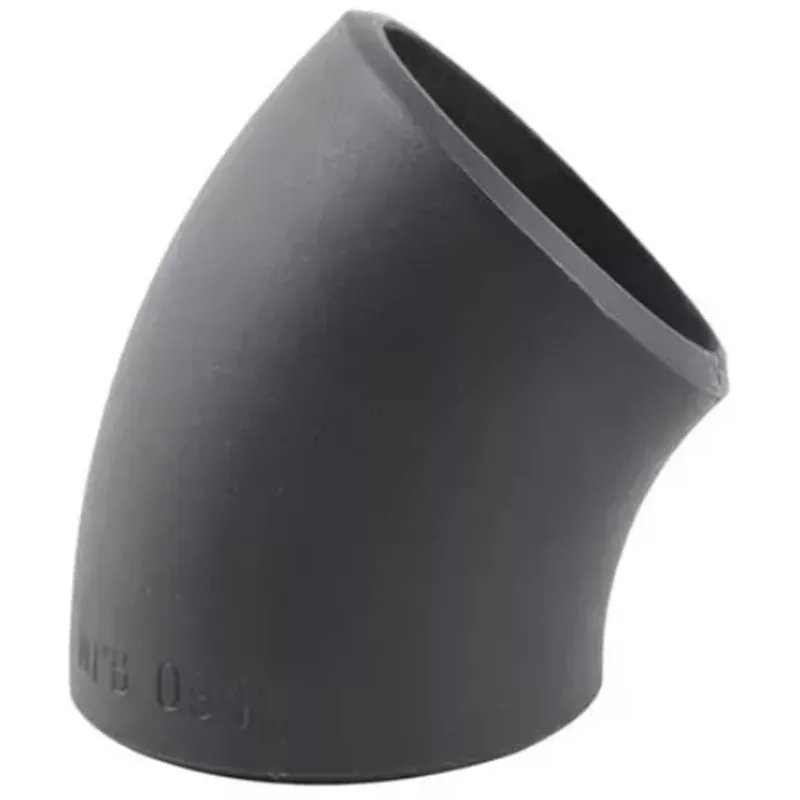-
Cangzhou Yulong Steel Co., Ltd.
-
Phone:
+86 13303177267 -
Email:
admin@ylsteelfittings.com
- English
- Arabic
- Italian
- Spanish
- Portuguese
- German
- kazakh
- Persian
- Greek
- French
- Russian
- Polish
- Thai
- Indonesian
- Vietnamese
- Zulu
- Korean
- Uzbek
- Hindi
- Serbian
- Malay
- Ukrainian
- Gujarati
- Haitian Creole
- hausa
- hawaiian
- Hebrew
- Miao
- Hungarian
- Icelandic
- igbo
- irish
- Japanese
- Javanese
- Kannada
- Khmer
- Rwandese
- Afrikaans
- Albanian
- Amharic
- Armenian
- Azerbaijani
- Basque
- Belarusian
- Bengali
- Bosnian
- Bulgarian
- Catalan
- Cebuano
- China
- China (Taiwan)
- Corsican
- Croatian
- Czech
- Danish
- Esperanto
- Estonian
- Finnish
- Frisian
- Galician
- Georgian
- Kurdish
- Kyrgyz
- Lao
- Latin
- Latvian
- Lithuanian
- Luxembourgish
- Macedonian
- Malgashi
- Malayalam
- Maltese
- Maori
- Marathi
- Mongolian
- Myanmar
- Nepali
- Norwegian
- Norwegian
- Occitan
- Pashto
- Dutch
- Punjabi
- Romanian
- Samoan
- Scottish Gaelic
- Sesotho
- Shona
- Sindhi
- Sinhala
- Slovak
- Slovenian
- Somali
- Sundanese
- Swahili
- Swedish
- Tagalog
- Tajik
- Tamil
- Tatar
- Telugu
- Turkish
- Turkmen
- Urdu
- Uighur
- Welsh
- Bantu
- Yiddish
- Yoruba

Nov . 01, 2024 06:24 Back to list
Design and Specifications of an 8 x 4 Concentric Reducer for Piping Systems
Understanding the 8 x 4 Concentric Reducer A Key Component in Pipeline Systems
In industrial applications, efficient fluid transport is crucial. One of the components that play a significant role in these systems is the concentric reducer. This article will delve into the specifics of the 8 x 4 concentric reducer, exploring its design, functionality, and importance in various industries.
What is a Concentric Reducer?
A concentric reducer is a piping fitting that allows for the smooth transition of fluid from a larger diameter pipe to a smaller diameter pipe. This gradual reduction helps maintain fluid velocity and pressure, reducing turbulence and potential pressure loss that can occur during abrupt changes in pipe diameter. The “8 x 4 ” in the nomenclature refers to the sizes of the two ends of the reducer, with 8 indicating the larger opening and 4 the smaller one.
Design Features
The design of the 8 x 4 concentric reducer typically involves a tapering profile. This profile ensures that the internal surface is streamlines, minimizing resistance as the fluid passes from one diameter to another. The concentric design, where both ends share a common centerline, is advantageous in applications where space is limited or where alignment of pipes must be maintained.
Materials used for manufacturing these reducers can vary, but they are often made from stainless steel, carbon steel, or various alloys, depending on the corrosion resistance and strength required for the specific application. The choice of material also affects the reducer’s resistance to high temperatures and pressures, making it suitable for a range of applications, including oil and gas, chemical processing, and water treatment.
Functionality and Applications
8 x 4 concentric reducer

The primary function of the 8 x 4 concentric reducer is to optimize the flow of fluids by providing a smooth transition between different pipe sizes. In many industrial applications, there is a need to manage changes in pipe diameter due to equipment connections, system design requirements, or processes that dictate varied flow rates.
In the oil and gas industry, for example, concentric reducers are commonly used to connect pipelines of different sizes as crude oil is transported from extraction points to refineries. Their ability to handle high pressures and corrosive substances makes them ideal for such harsh environments.
In water treatment facilities, these reducers are vital for maintaining flow rates during the treatment processes. They help in efficiently managing the transition between various filtration and treatment stages, ensuring that water is processed effectively and meets quality standards.
Advantages of Using Concentric Reducers
One of the significant advantages of using the 8 x 4 concentric reducer is its ability to reduce pressure drops when changing pipe sizes, compared to abrupt fittings. This characteristic can lead to energy savings in pumping systems, as less energy is required to maintain fluid flow. Additionally, the reduced turbulent flow leads to lower wear and tear on piping systems, contributing to longer service life and lower maintenance costs.
Conclusion
In conclusion, the 8 x 4 concentric reducer is a vital component in many fluid transport systems, enhancing efficiency and performance across various industrial applications. Its design and functionality not only ensure a smooth transition between different pipe sizes but also contribute to the overall effectiveness of fluid management in demanding environments. As industries continue to evolve, the importance of such fittings in optimizing operations and reducing costs cannot be overstated.
Latest news
-
ANSI 150P SS304 SO FLANGE
NewsFeb.14,2025
-
ASTM A333GR6 STEEL PIPE
NewsJan.20,2025
-
ANSI B16.5 WELDING NECK FLANGE
NewsJan.15,2026
-
ANSI B16.5 SLIP-ON FLANGE
NewsApr.19,2024
-
SABS 1123 FLANGE
NewsJan.15,2025
-
DIN86044 PLATE FLANGE
NewsApr.19,2024
-
DIN2527 BLIND FLANGE
NewsApr.12,2024
-
JIS B2311 Butt-Welding Fittings LR/SR 45°/90° /180°Seamless/Weld
NewsApr.23,2024











